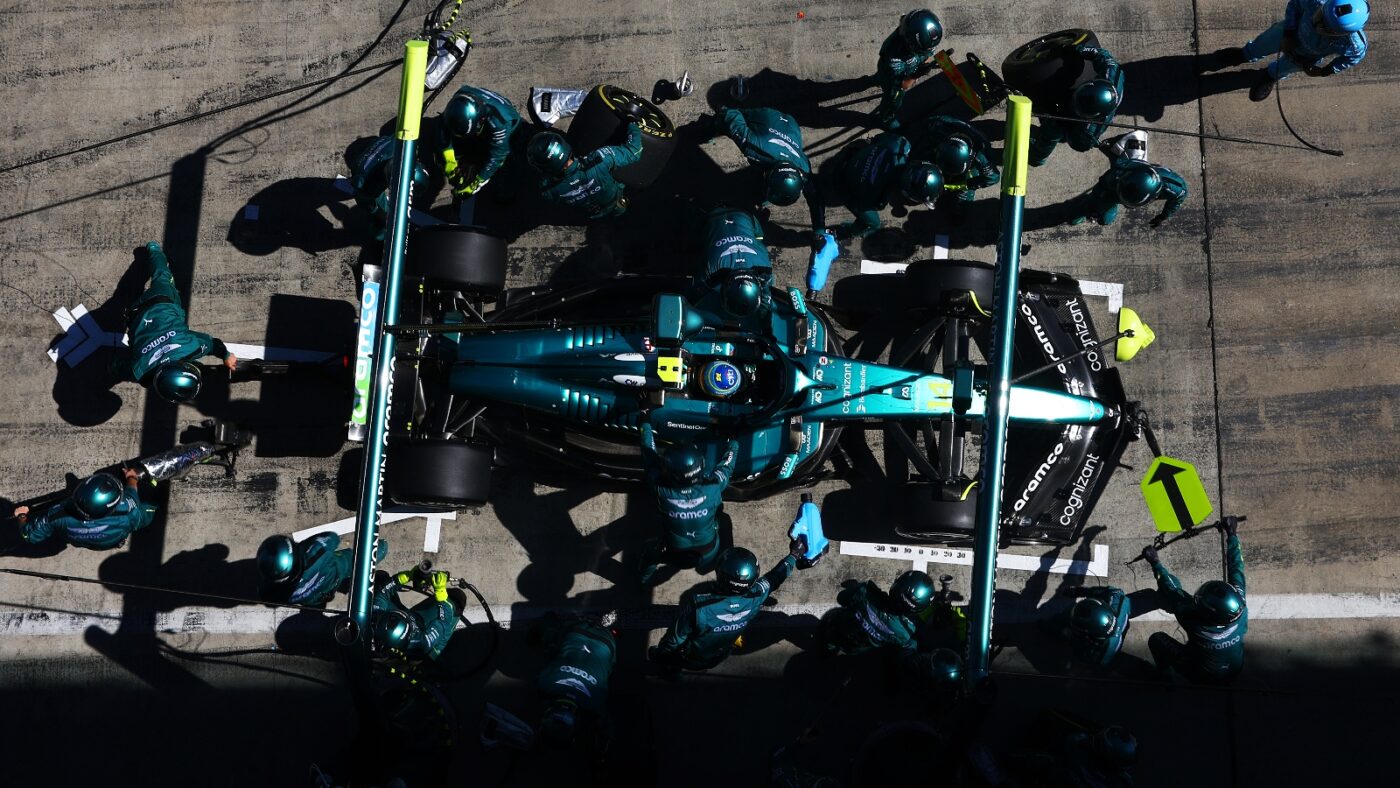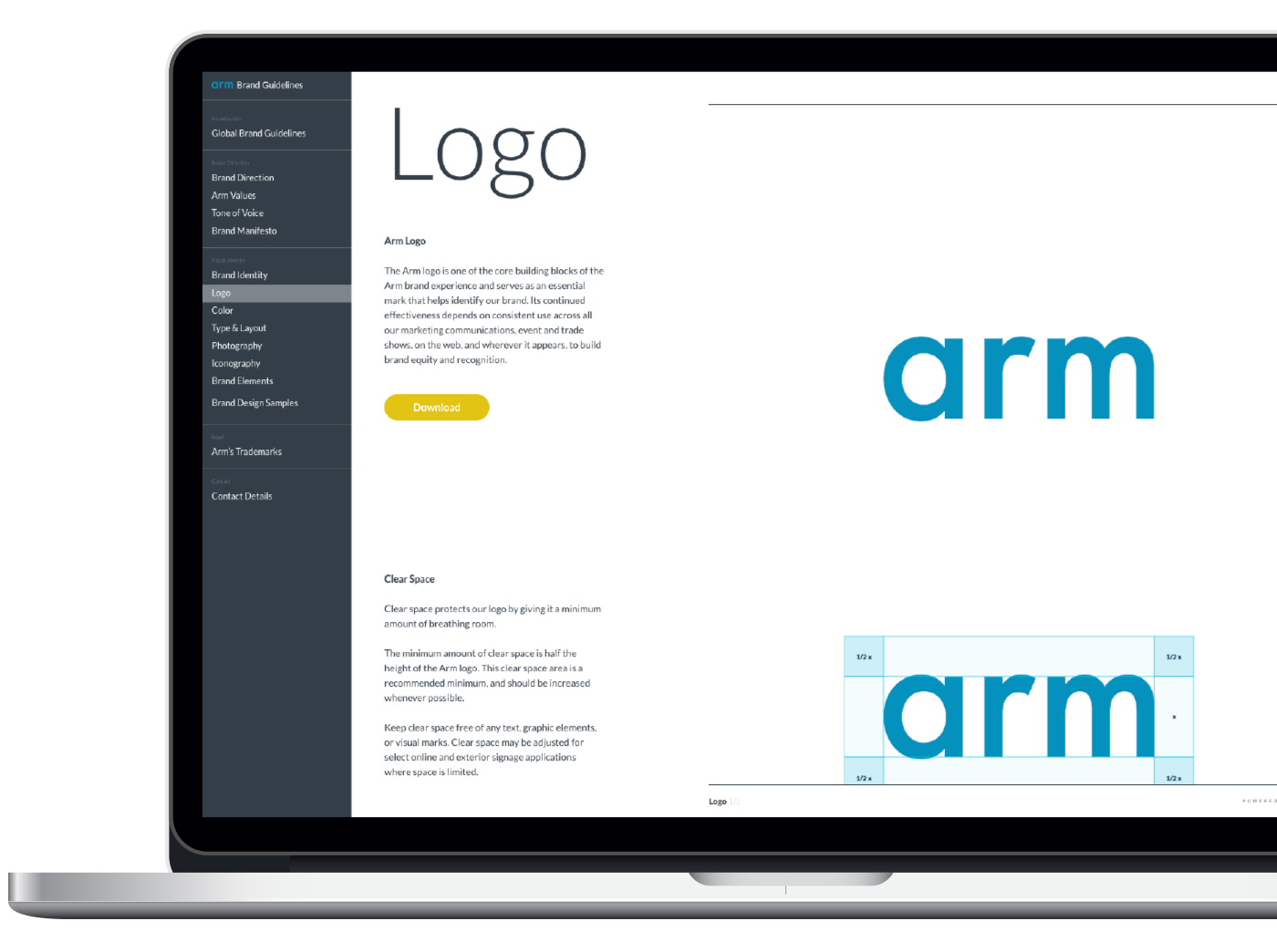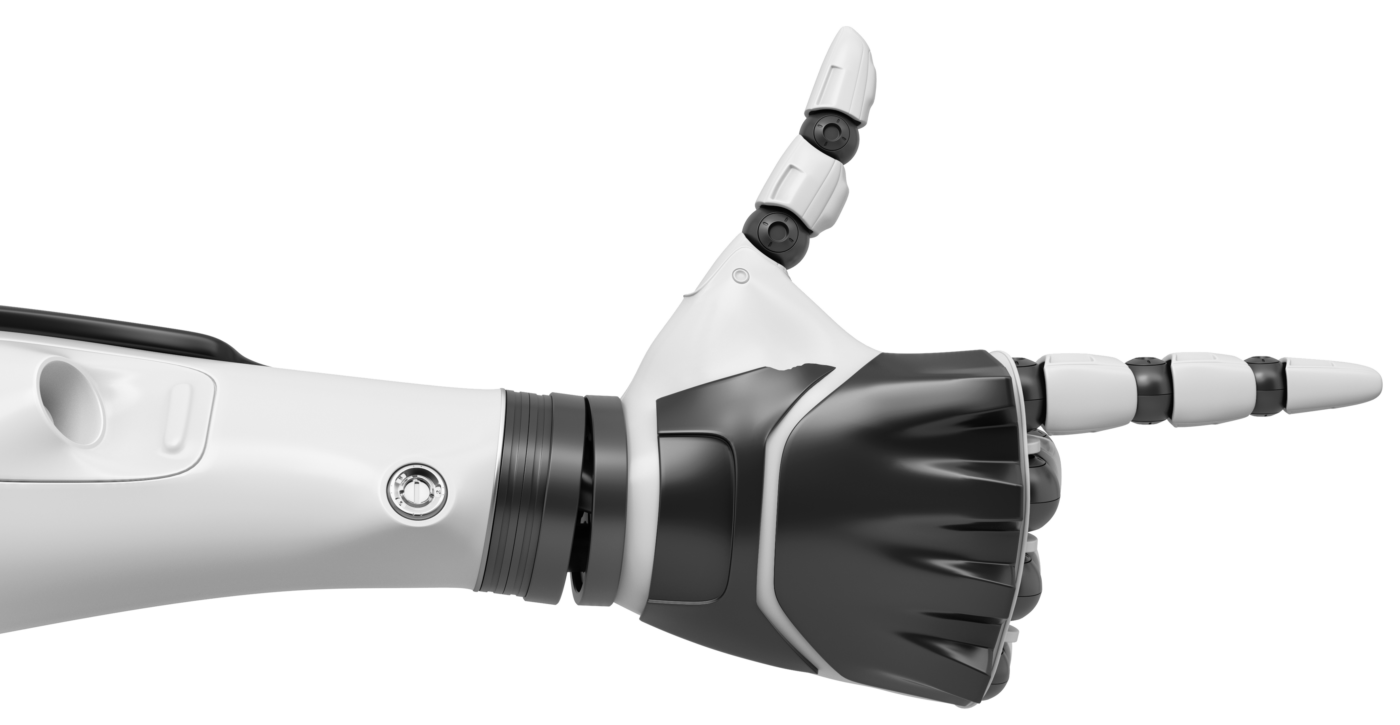How Arm is powering Aston Martin Aramco Formula One™ Team’s next-generation of pit stops

In Formula One™, two seconds can decide a race. A perfect pit stop relies on coordination so precise that every motion, from wheel change to release, feels instant. But precision on that scale doesn’t happen by human instinct alone.
Behind the Aston Martin Formula One™ team’s rhythm lies a network of intelligence built on Arm technology. It supports the team’s engineers before the car stops, processes real-time data during the stop, and refines performance after it. With next-generation hybrid systems, smarter energy recovery, and stricter efficiency requirements on the horizon in 2026, Aston Martin Aramco Formula One™ Team is leveraging Arm’s compute architecture to turn rising complexity into competitive advantage.
Turning information into instinct
Every stop is part instinct, part engineering. What looks like choreography is a team reading signals, trusting their tools, and acting as one.
“In Formula One™, decisions are measured in milliseconds,” says Charlie Blackwall, Head of Electronics at the Aston Martin Aramco Formula One™ Team. “If you’re late by even half a second, you’ve missed the pit entry. That can decide two positions.”
The system already connects data from hundreds of sensors on the car with cloud-based simulations that are built on the Arm architecture. This helps engineers cross-check predicted tyre wear and load distribution from those models against live telemetry, and refining how quickly information turns into action. As Formula One™ becomes more complex, that real-time correlation between virtual and physical performance will be essential for fast, confident strategy calls.
“Making decisions quickly is essential,” Charlie explains. “We use AI models running on Arm-based compute to predict tyre life and track evolution, so we can call the stop at exactly the right moment.”
Models first tested in simulation run live on Arm-based compute systems, and are helping analyze tyre wear, grip levels, and temperature changes in real time on the track. Predictions made virtually are matched with live telemetry, which enables engineers to validate strategy models instantly and adjust before performance drops.
When the car enters the pit box, the same efficiency continues at the edge. Arm processors inside the pit-stop system manages torque, pressure, and actuation with millisecond-scale control and provide instant feedback that each component is performing as intended. The closed feedback loop between sensors and controllers validates the readings before release.
This constant loop of data and control from the car to the garage to the headquarters and back to the pit lane helps shorten decision windows, allowing engineers to focus on strategy instead of system management.
Precision that starts with trust
Once the car reaches the pit box, every action happens in just couple of seconds such as lifting the car, changing the tyres, and releasing the car.
“The secret to a good pit stop is consistency” says Lynette Speller, Lead Electronics Engineer at the Aston Martin Aramco Formula One™ Team. “You need every system working in perfect sync, and you need confidence that result will be the same every time.”
Arm-based microcontrollers help reduce the delay between signal and response, so torque feedback reaches the crew in milliseconds. Each gun’s sensors measure torque, rotation, and air pressure while the controller verifies insertion and lock before the car leaves.
“We see that data instantly,” Lynette says. “The crew doesn’t have to second-guess whether the wheel is secure, and the car is safe to release.”
The pit-equipment controllers, that are built on Arm-based microcontrollers, read and act on those sensor signals in less than a millisecond. The real-time confirmation replaces the old manual “feel” check, and gives the crew the confidence to release the car the moment the wheel lock is verified.
“Having reliable pit equipment gives us the courage to make bolder strategy calls,” Lynette adds. “When you know the system will behave the same way consistently, you can take the risks that make the difference.”
The same design principles being refined today, such as lightweight compute, instant feedback, verified safety, form the template for the fully integrated pit-lane systems that the team plans to deploy under the 2026 rule set. For Aston Martin Aramco Formula One™ Team’s pit stops, the Arm compute platform helps turn repetition into rhythm, and rhythm into speed.
Simplicity behind the speed
Behind a clean stop sits a network that has to work as one, from the cloud where vast datasets are processed to edge systems including car sensors, garage displays and pit-lane controllers. Running the same, consistent Arm architecture from cloud to edge simplifies how software is developed and deployed and removes complexity while speeding up iteration.
“Formula One™ is entering one of its most complex eras, with vast amount of software and data processing required,” says John Kourentis, Director, Go-to-Market for Automotive at Arm. “Our collaboration with Aston Martin Formula One Team simplifies that complexity, with the same Arm architecture that powers the sensors in the car and also running advanced workloads in the cloud.”
The shared, consistent compute foundation means software developed in simulation in the cloud can be deployed to Arm-powered edge systems in the pit lane, while feeding race data back into analysis almost instantly. This means that any updates to analytics or pit-equipment firmware tested at the factory can be pushed to the track within minutes, using the same Arm-powered toolchains in the cloud and at the edge. This helps shorten the cycle between ideation, testing, and live application.
“Standardising on Arm lets us keep that loop consistent,” John says. “The team’s engineers spend less time re-coding for different systems and more time chasing lap-time improvements.”
Technology where every fraction counts
Every pit stop feeds the next. The torque, timing, and temperature data collected in those two seconds return to the factory, where Arm-powered analytics help refine the models that guide strategy. Each update makes the next decision faster, and more reliable.
Over the 2025 season, that learning loop will help the Aston Martin Formula One Team™ prepare for Formula One™’s most significant transformation in a decade. With new hybrid power-unit and sporting regulations arriving in 2026, Arm’s scalable compute platform will offer the team a stable foundation to adapt quickly without adding hardware weight or complexity.
Together, Arm and Aston Martin Formula One Team™ are building the systems that will define the next generation of race engineering, where human precision and efficient compute combine to make every decision faster, safer, and smarter.
Driving automotive’s future
Arm is driving the future of automotive with Zena CSS and our Automotive Enhanced (AE) technologies
Any re-use permitted for informational and non-commercial or personal use only.















